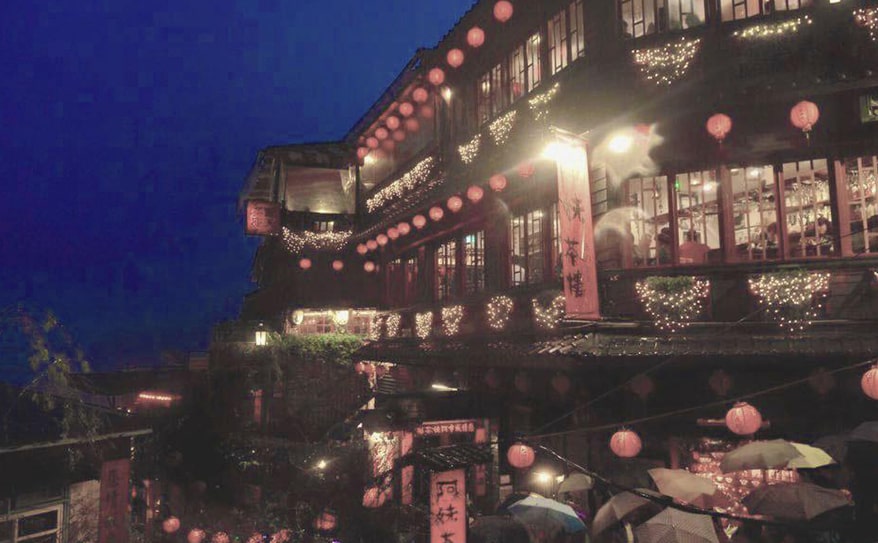"Multi-ethnic island Taiwan-Fusion of three cultures in Taiwanese"
共有

Taiwan, which is close to Japan and easily accessible, is a popular tourist spot.
There are many people who travel abroad for the first time in Taiwan.
However, there are many things that are unexpectedly unknown about Taiwan.
Although Taiwan is a small island country, it is actually a multi-ethnic country.
There are indigenous peoples in Taiwan (locals are called indigenous people yuanzhumin). Currently, there are 16 tribal indigenous peoples living just by being certified.
According to Taiwan's Wikipedia, Taiwan's indigenous people were 546,698 as of 2015, accounting for 2.33% of Taiwan's population. Naturally, each tribe speaks a different language.
The official language of Taiwan, a multi-ethnic country, is Chinese, which is called the national language (guoyu).
And the next most spoken language is Taiwanese (? Southern). Taiwanese is a language that can be spoken by more than 70% of Taiwan's population.
I dare to say that I can speak because I can't write.
In fact, the natives' words and Taiwanese have no letters.
"Words without letters" ... Can you imagine?
You can pronounce it. I can talk. But there are no letters.
Therefore, write by applying the Chinese characters of the national language (Chinese).
The fit is so unique that even Japanese-speaking people can hardly read Taiwanese.
As you can see, Taiwanese and Aboriginal languages ??have in common that they have no letters, but their history is completely different.
Taiwanese has its roots in Fujian, China.
Many people migrated from Fujian to Taiwan mainly from the 16th century to the 17th century.
The language spoken by the immigrant Fujian is the roots of the current Taiwanese language.
And there are many words in Taiwan that are the same as Japanese.
The reason is that the influence of Japan's rule over Taiwan during the period from the Sino-Japanese War (1895) to the end of World War II (1945) remains to this day.
For example, "Aunt", "Uncle", "Apple", "Slippers", "Wasabi", etc. are Japanese words that have been translated into Taiwanese.
Also, the pronunciation of "oden" has changed slightly to "Oren" and "Oshibori" to "Oshimori", but it is still a word that originated in Japanese.
When you hear about Japanese governance, you may not have a very good image.
However, in reality, Taiwanese are very friendly to Japanese people.
This is because Japan developed infrastructure during the reign and promoted agriculture in Taiwan, where crops are difficult to grow.
Recently, Japanese anime and dramas have had a great influence on young people in Taiwan.
In addition, many Japanese companies are also expanding.
MUJI and Shimamura are also popular in Taiwan, and characters such as Rilakkuma and Kumamon are familiar to children and adults alike.
Many Taiwanese-speaking people live in the southern part of Taiwan.
Many buildings from the Japanese colonial era remain in Kaohsiung and Tainan.
Why don't you take a tour of the cityscape, which is a fusion of good old Japan, Taiwan's unique culture, and the culture carried by immigrants from China, while thinking about history.


